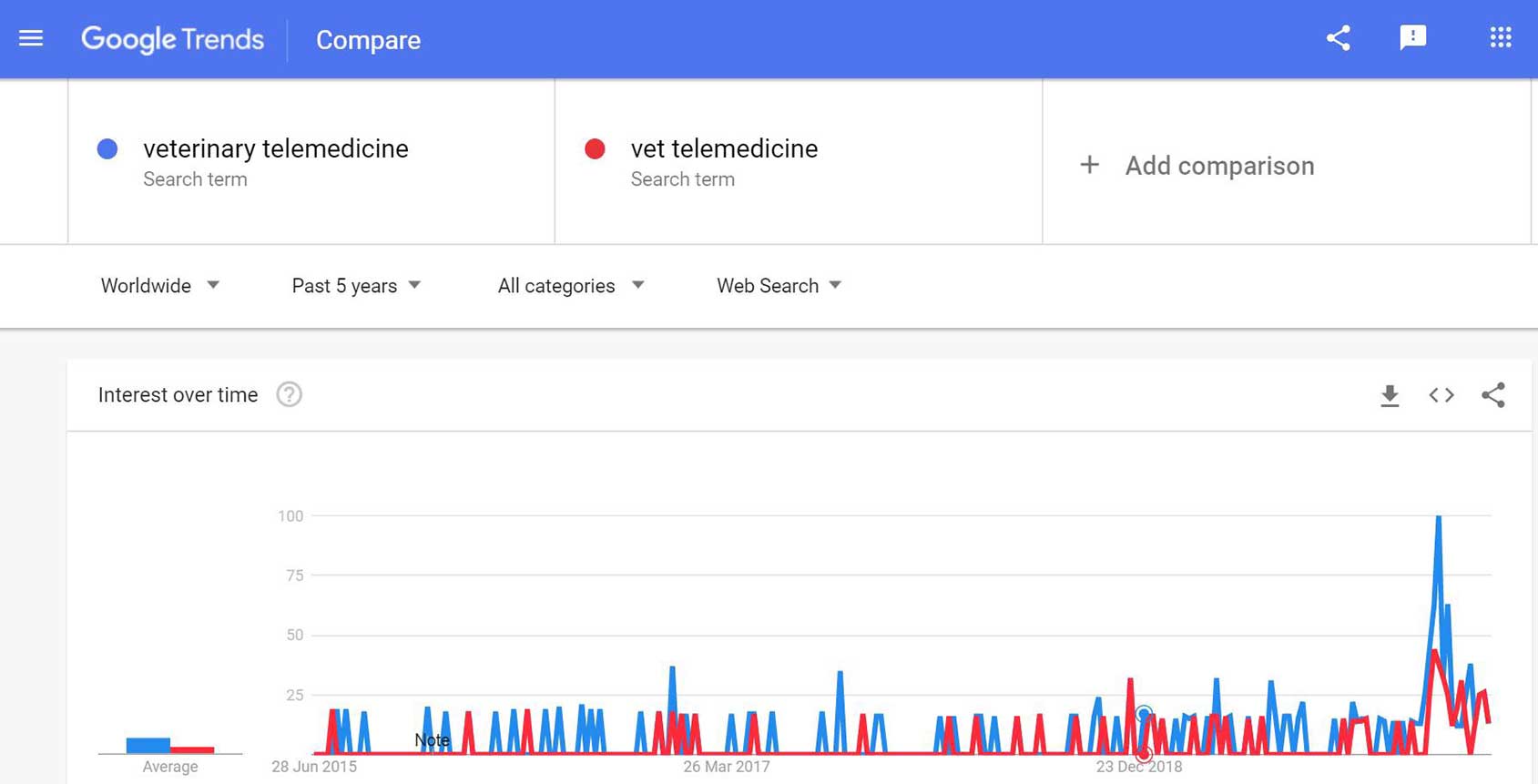2 Sept 2020
Maddy Cousins – a mature vet student at the RVC and co-founder of VetConsult, an online booking and payment platform for vets – discusses this evolving area in the veterinary sphere.

Remote consulting can be done on a shoestring – for example, by using videoconferencing solutions.
Veterinary telemedicine has been evolving over recent years, but has come to the fore starkly during the COVID-19 lockdown.
The RCVS relaxed its guidelines1 on remote prescribing during lockdown. Should this inform future practices? If so, what precautions should be taken to make it work and to minimise the risk?
Even after lockdown has been lifted, this topic will not go away. The use of telemedicine is fairly widespread already in the US, which may teach us some things to emulate and others to avoid.
Telemedicine can be particularly useful for:
Some telemedicine benefits are:
However, as with any new tool, pitfalls and areas of concern exist. It is so important to remember that telemedicine will not replace the need for in-house consulting – rather, it should be used alongside to help streamline your caseload and maximise efficiency.
One major source of concern surrounding veterinary telemedicine is a lack of clarity on where one stands with regards to insurance and RCVS support.
When prescribing POM-V medication, you need to be able to demonstrate that you have enough information. If, following your consultation, you feel you require more information, request that the client drops the patient off at the practice for further diagnostics.
The RCVS wrote in its article1 the requirements for remote prescribing, so this should be used to guide your decisions. Unfortunately no convenient hard and fast rules exist, but let’s be honest, when are there ever in veterinary medicine?
Ways of remote consulting on a shoestring do exist – various providers of videoconferencing solutions such as Zoom, payment gateways such as PayPal and scheduling tools such as Eventbrite.
So, some practices are pulling together their own solutions. However, each one needs to be integrated with invoices and practice communications, and then maintained – adding to the long list of expertise needed by the practice.
However, for a joined-up approach that allows you to concentrate on vet consultations rather than IT, it is easier to go with a package that combines all three in a way that can carry your branding and allow you to continue your high standard of professionalism. When you start to factor staff time into your costs, this may well prove more cost-effective in the long run.
Several companies are starting to offer telemedicine solutions to vet practices. Some have gone even further, and are employing vets and offering a pre-practice triage service. This raises questions of care/practice cost/control and so on.
A good solution appears to be using a specialist software provider that only provides the platform, enabling the practice to remain in the driving seat.
A growing number of specialist software houses are providing practice‑focused solutions for telemedicine. Some require long-term contracts; some are integrated within one or other practice management software systems. A few are operating as “software as a service”, with practices only billed a commission on online transactions made using the tool.
The largest three providers globally appear to be:
Smaller providers are also springing up all over the world, including Sheffield-based VetConsult, which is focused on customisation to suit independent practices.

One potential strength of telemedicine in the current climate that is hugely overlooked is the potential to involve students remotely in online consultations. This is an area we have been working hard to develop as part of the VetConsult system.
As a third-year veterinary student, I am acutely aware of the negative impact COVID-19 will have on veterinary education going forward as a result of cancelled placements. There simply isn’t enough time in an already busy programme to fit it all in after lockdown has been lifted.
However, video consultations are ideally suited to lockdown learning, as students can dial in from home and attend the call, then discuss with the vet after the client has left in the same way they would when seeing practice in person.
Obviously, they are not able to develop their practical abilities, but so much of veterinary medicine is about the softer skills and an awful lot can be learned through observing consultations.
From the practice’s perspective, it allows it to continue to develop a relationship with upcoming students – the vets of the future – and make use of their up-to-date knowledge.
I know from experience that having an eager student on hand can be useful for researching particular cases and sifting through information to highlight what is useful, therefore saving the vet valuable time.
The whole topic of veterinary telemedicine will be hugely expanded once emerging wearable technology becomes more mainstream, such as patient monitoring collars, glucose monitoring systems, smartphone ECG and so on.
These gadgets will all help build a better clinical picture remotely, and have the potential to rapidly accelerate the development and effectiveness of telemedicine. The possibilities really are endless.
Telemedicine is a useful additional tool in practice as long as it is maintained as such – a tool. A one-size-fits-all approach often leaves a lot to be desired and telemedicine is no different.
Where it might not be the most appropriate modality for every case, it is extremely useful in triage and history taking – especially in the current situation when contact must be limited.
Many problems can be adequately assessed in this way and initial treatment can be implemented. Those cases that require further diagnostic work-up or in-house treatment can then be called into the practice as needed.